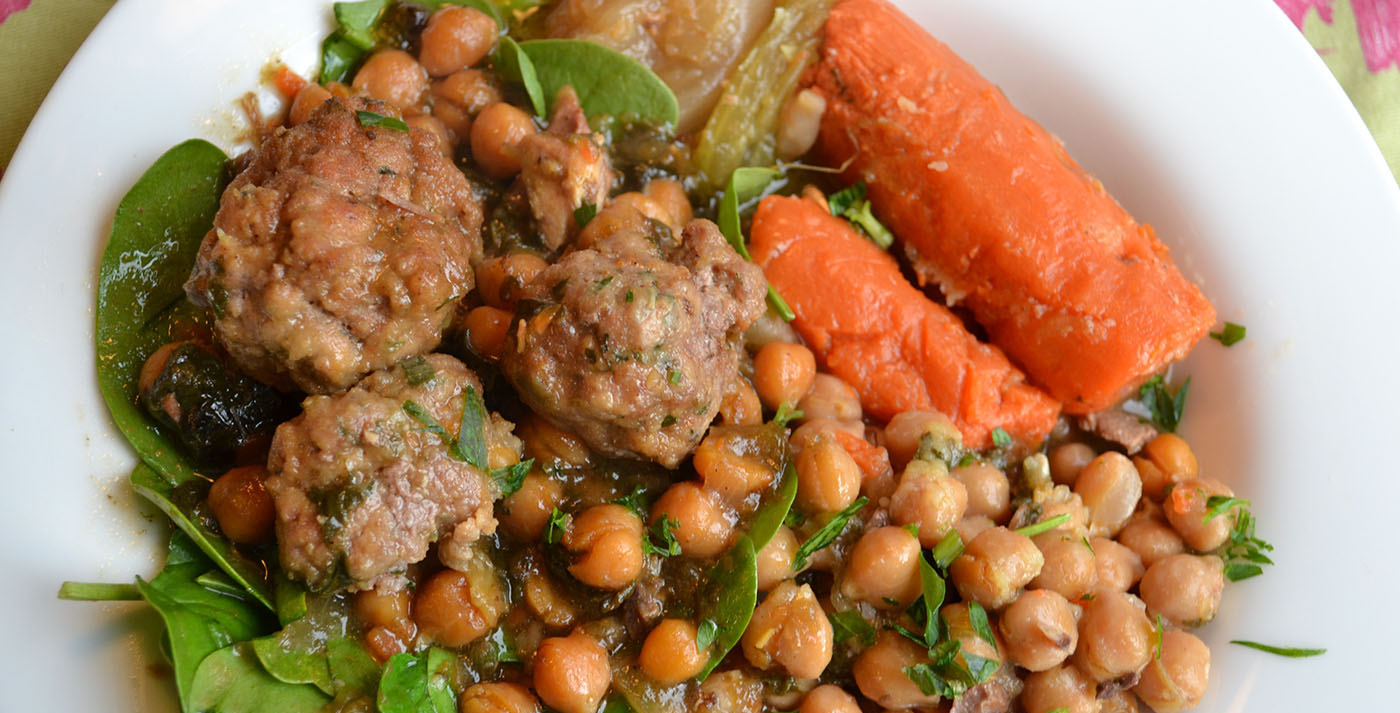
Adafina: The Classic Sephardic Sabbath Stew
Similar to cholent among Ashkenazi Jews, adafina was the hamin (savory stew) that Jews in Spain ate on the day of rest. It had to be prepared and put on the fire before sundown in order to comply with the precepts of the Sabbath/Shabbat and have a cooked meal ready to consume the next day.
The following recipe is based on the descriptions of adafinas that contain the more varied types of ingredients and that seem to have been the gold standard when those were available. Because Sephardic Jews before 1492 would have had access only to organic produce and pastured animals, I recommend that you find the best quality organic ingredients. They will make a difference in the taste of the adafina. I have to disagree with the Inquisition recordkeepers when identifying the dish’s most important or defining ingredient. From my point of view, that ingredient is time. The long slow-cooking method turns an ordinary one-pot meal into something exquisite. It transforms the other ingredients, making the broth clear and the meats, eggs and vegetables delicate and sublimely textured.
Directions
Preheat oven to 175°.
Combine the meatball ingredients using your hands.
Form meatballs. Roll them in flour and brown them in olive oil. Set aside.
In a wide heavy casserole dish, combine all the other ingredients, first arranging the meats and then adding the chickpeas, spices, herbs, vegetables and eggs. Add water to generously cover the ingredients.
Bring to a boil on the stove. Cover and put into preheated oven. Cook for 12-15 hours.
At the end of the cooking period or before you retire for the night, add the spinach or chard.
Serve in individual bowls, placing a piece of each ingredient in each bowl and adding some of the delicious broth. Be ready for the raves!
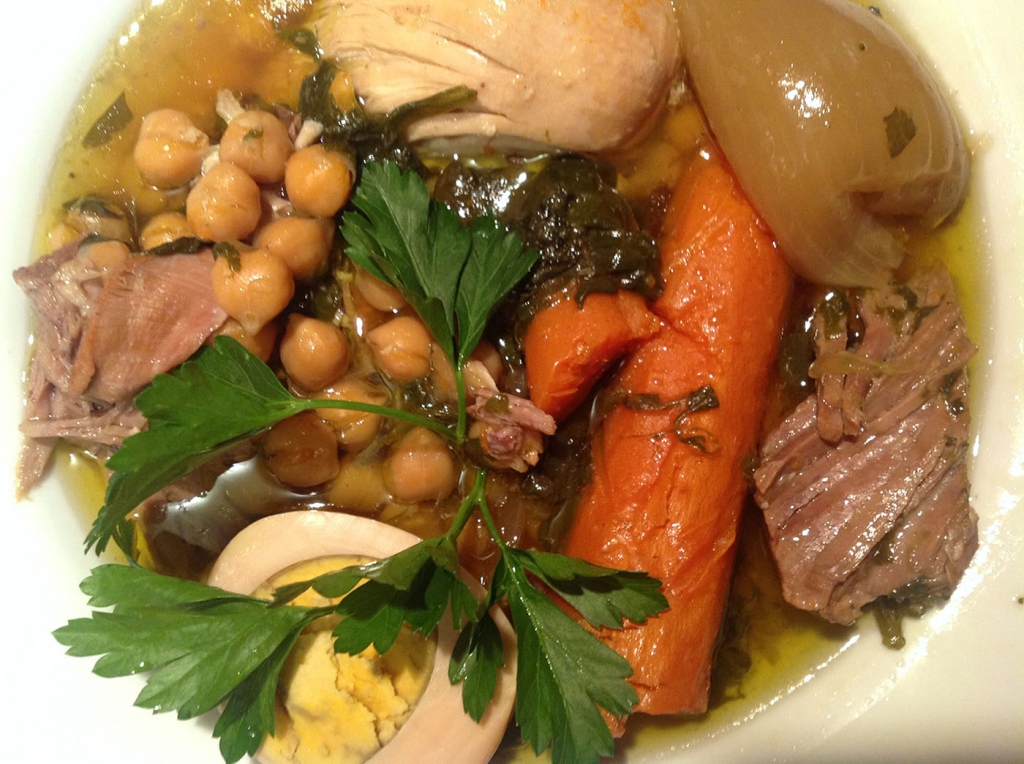 Learn more about this dish by reading the Story Behind the Recipe.
Learn more about this dish by reading the Story Behind the Recipe.
Links for Further Exploration
- Sephardic Studies at the University of Washington – Explore more Sephardic history and culture through articles and digital artifacts at the Stroum Center’s Sephardic Studies Program page.
- JewishStudiesHUB – Explore our innovative blog page with fresh views on Jewish topics by UW faculty and students. You can also access video clips and view new media projects.
© Ana Gomez-Bravo, 2014
The Converso Cookbook
Ingredients
Quantities are suggested, but left up to individual preferences.
Half an organic chicken, quartered
1 grass-fed lamb shank
1 piece of grass-fed beef chuck meat, in one piece (about 1 pound)
4 organic beef marrowbones
organic, pasteurized eggs
chickpeas
2 onions with 1 clove stuck to each
6 carrots
4 celery stalks
several sprigs fresh cilantro or parsley
3 bay leaves
1 teaspoon ground caraway seeds, or to taste
1 teaspoon cumin seeds, or to taste
½ teaspoon dried cilantro, or to taste
1 teaspoon black peppercorns
fresh spinach leaves or chard
If adding meatballs:
1 pound organic ground beef or a mixture or beef and chicken
2 minced garlic cloves or to taste
2 tablespoons minced parsley
1 egg
breadcrumbs
1/8 teaspoon cinnamon
Further reading:
David M. Gitlitz and Linda Davidson. A Drizzle of Honey: The Lives and Recipes of Spain’s Secret Jews. New York: St. Martin’s Press, 1999.
Santa María, Ramón. “Ritos y costumbres de los hebreos españoles.” Boletín de la Real Academia de la Historia 22 (1893): 181-188.
Sephardic Studies
Explore Sephardic history and culture more at the Stroum Center’s Sephardic Studies Program page.

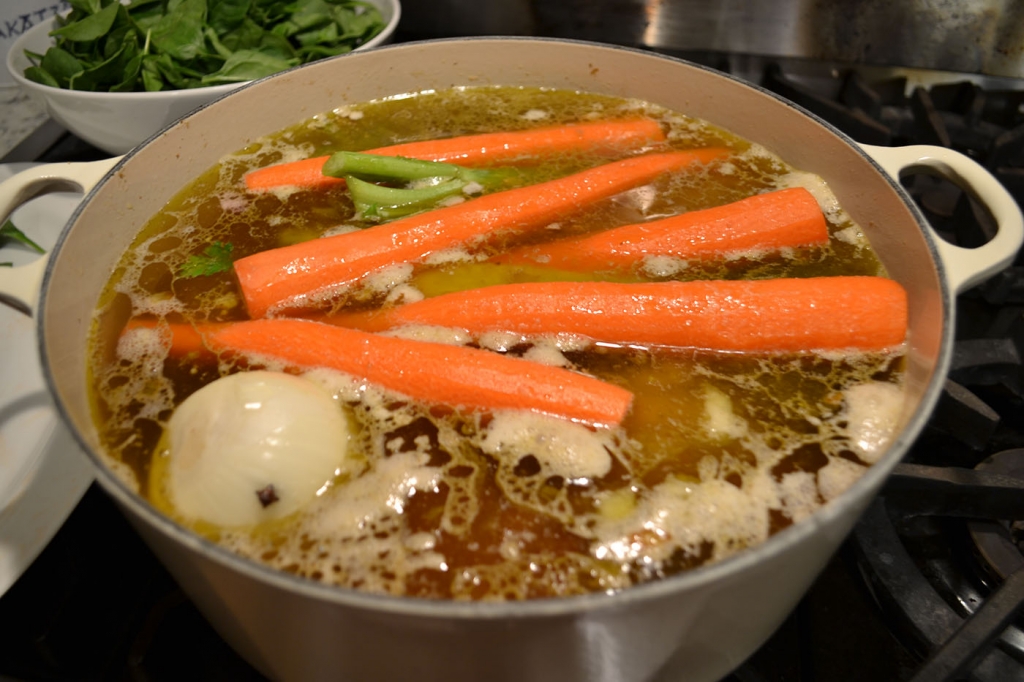
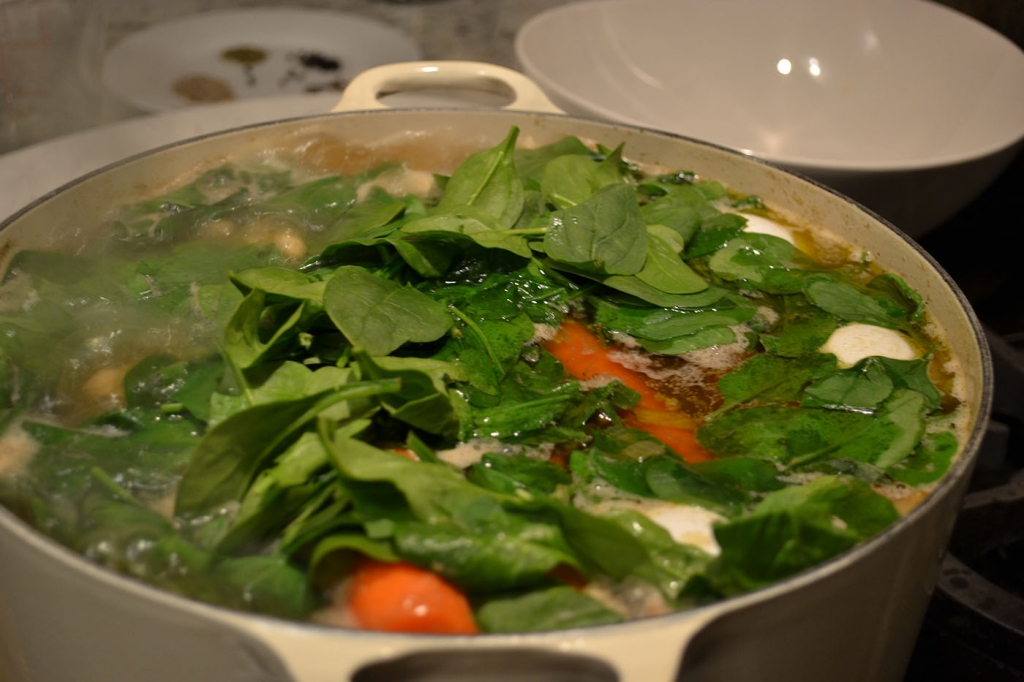

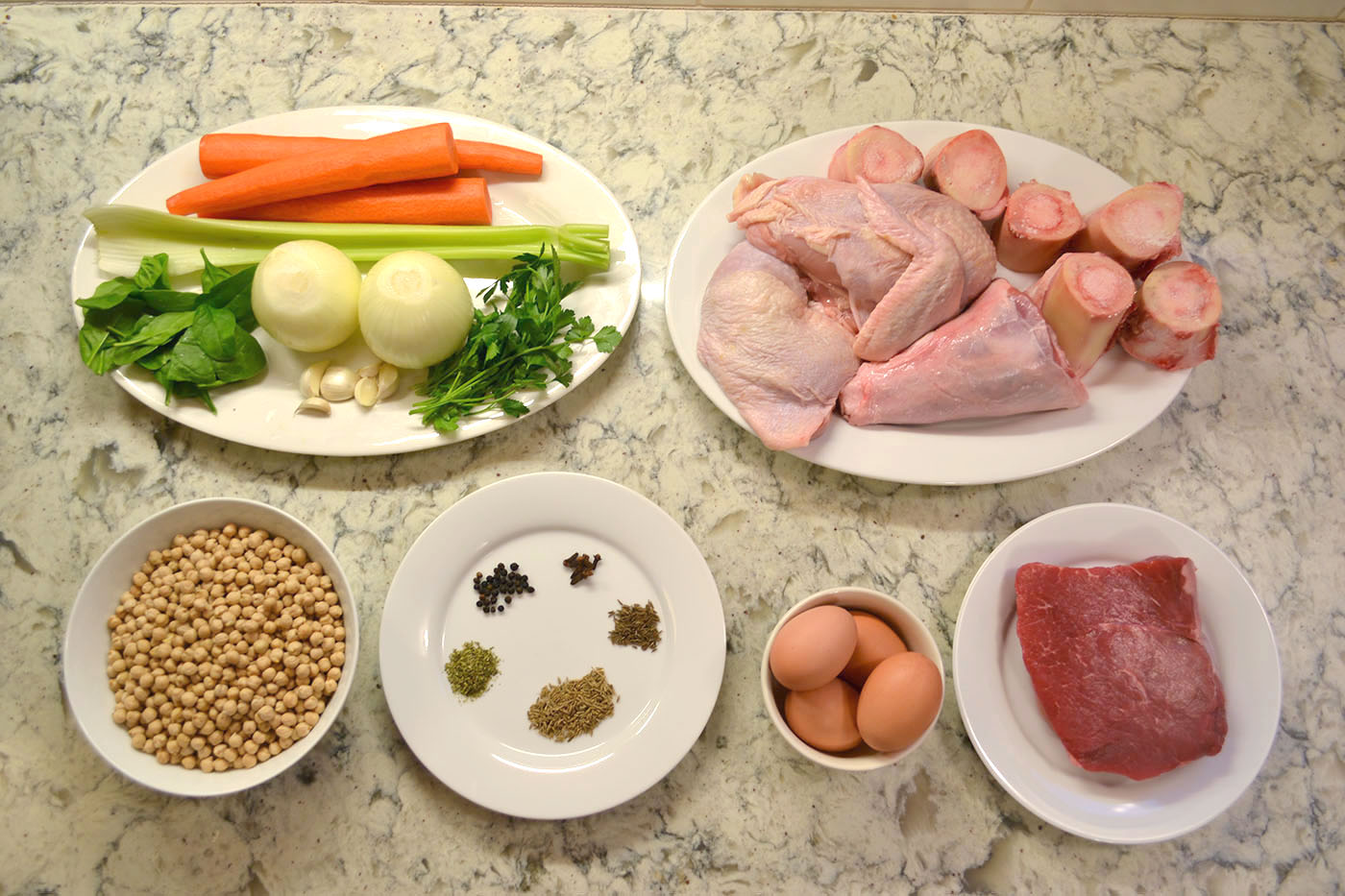
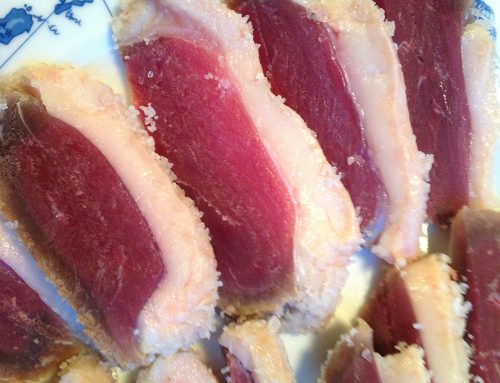
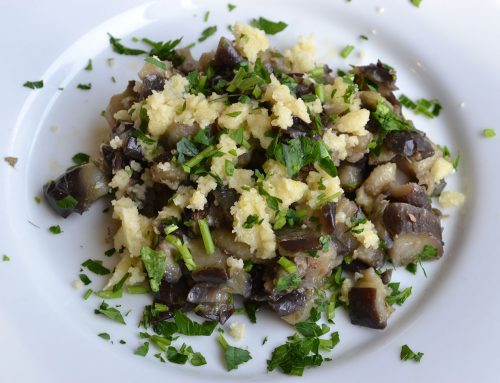
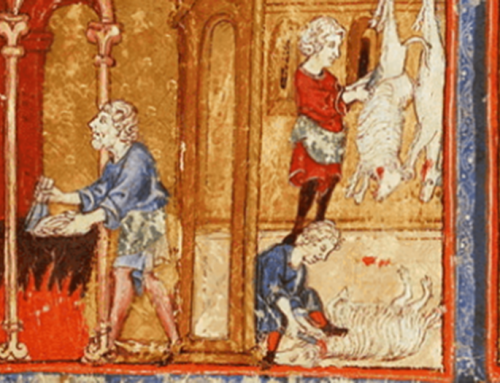

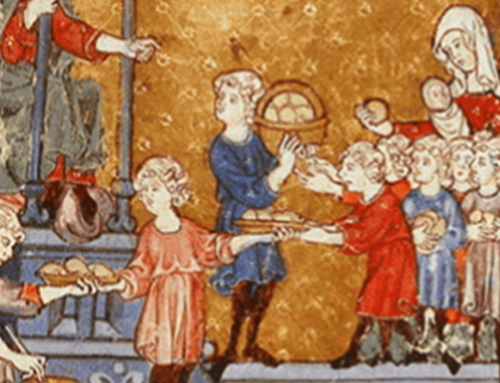
My mother use to make a dish similar to yours which was called chumleck (in Ladino I think).
[…] essay, and part history lesson. Recipes for Jewish Ham: Cured Goose, Almodrote: Spicy Eggplant, and Adafina: Sabbath Stew can be found alongside blog posts explaining the story behind each recipe, based on […]
Could you make this in a crock pot?
The Moroccan Jews continue making Adafina for Shabbat. We still call it Adafina! The ingredients are similar, but the carrot and the celery. We cook it overnight and it is the traditional almuerzo (lunch) for Shabbat until present time.
I’m so impressed with what you’ve done! I an writing my second novel about Sephardim and of course, food is a major part of their lives. I’m glad to have another resource to recommend when I speak about THE BLIND EYE: A Sephardic Journey. Many people are not familiar with how different this culture is from Ashkenazi. Also, many died because of the recipes they made when the Inquisition hunted them for almost 400 years. Thank you for adding research and clarity.
Madre mia nos has traido gran felicidad con tus recetas gracias
Hello,
I’m looking forward to trying this this winter. How are the eggs incorporated into the dish? Cracked into the ingredients in the baking dish? Left in the shell? Thank you!
Eggs for this dish are gently placed in the pot RAW and IN the shell! After slowly cooking for many hours they are delicious, creamy and take on a beautiful color from all the foods in the Dafina. My cousin was born in Migadir and he taught me how to make this delicious dish!
I don’t see the eggs . As children that was the part we liked the most! Like mashed potatoes and mashed eggs!
Also there was the “Orissa de trigo” most Shabbats sweet and delicious!!!
Sorry I meant the potatoes….which were brown from so many hours of cooking and slightly sweet
Aqui no Brasil, os judeus marroquinos ainda cozinham dentro da panela da Adafina, arroz temperado com especiarias dentro de um saco de algodão.
I cooked a vegetarian version of this using Quorn ‘chicken fillets’ and ‘meatballs’ in a slow-cooker, and it turned out brilliantly. I added a kosher stock cube as the meat flavour was missing. Thank you so much for posting these wonderful recipes and the stories behind them. Sephardi and proud in the UK!
I thought dafina contains honey as well – anyone care to comment on that?
How many servings is this? Also, it would be more helpful to have specific ingredient amounts to then adjust up or down from.
thank you,thank you.It feels like going home
Your work is amazing! thanks a lot for sharing! I am doing a research on Culinary Traditions of the Crypto Jews, and you, without knowing, are helping me a lot. Thanks!
ouuuuuuuuuuuuuuuuu i wonder if i can cook that for my family one day??
Dear Professor Gomes-Bravo,
I just found the article written about your cookbook on 14th and 15th Century Jews on the computer. I am interested in obtaining a copy. Please let me know were I can obtain it and the cost.
Also, would you know were I can obtain any other
cookbook on the Jews 14th and 15th century.
Thank you in advance,
Judith Hanopole
Hi Judith, Professor Gómez-Bravo’s cookbook is currently available online only, on our website. The three recipes are available online here: https://jewishstudies.washington.edu/converso-cookbook-home/
I had this dish every other weekend at my uncle’s house in Caracas. Soooo delicious.